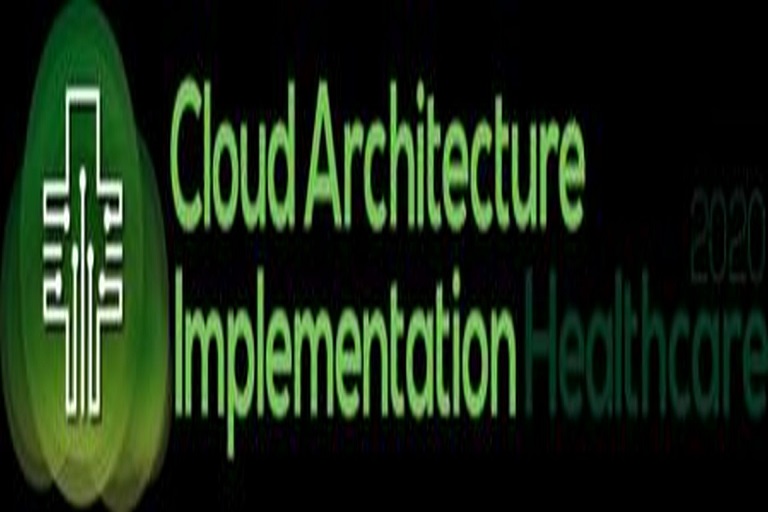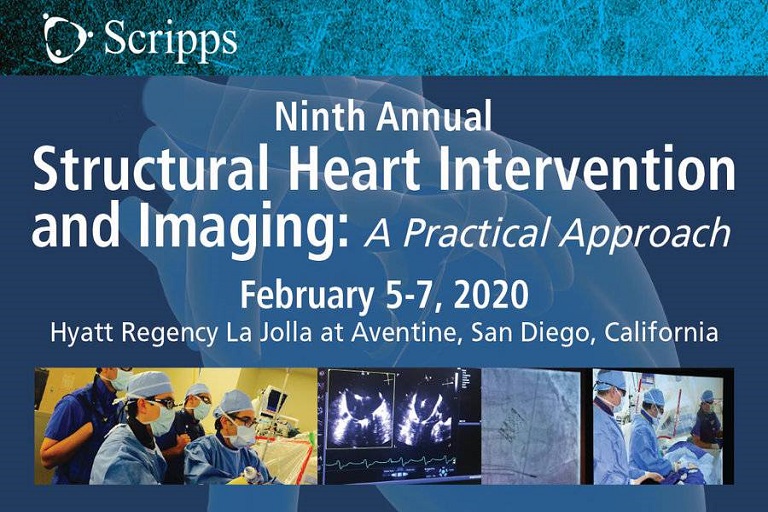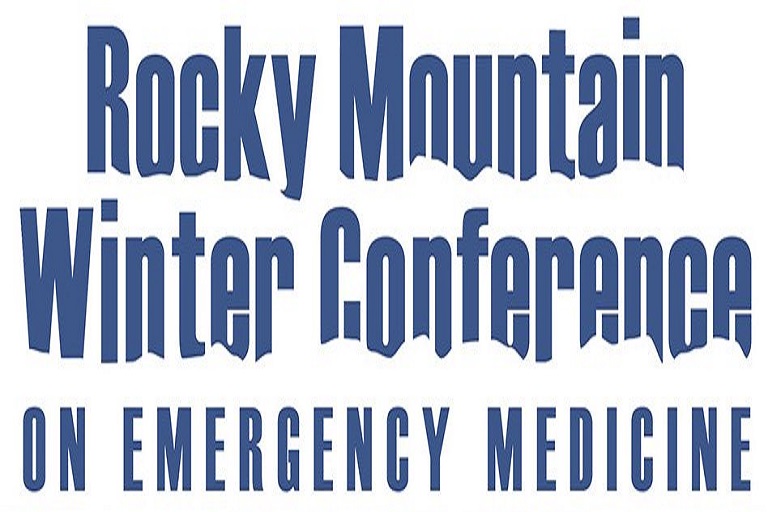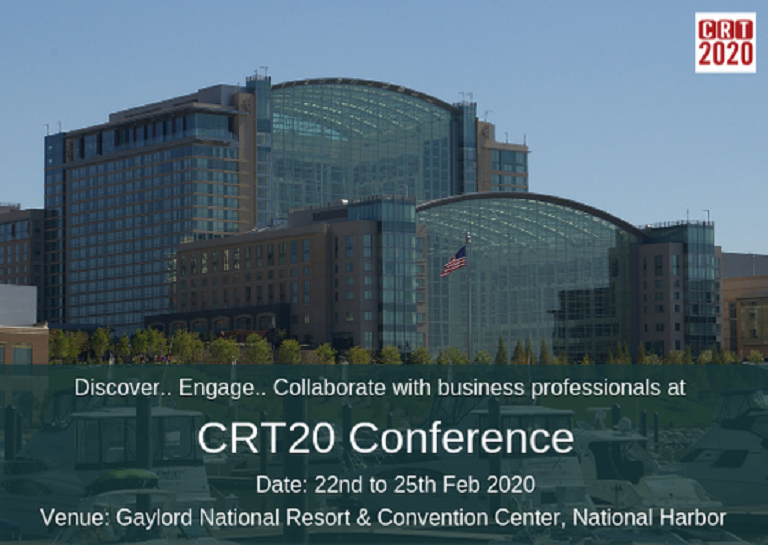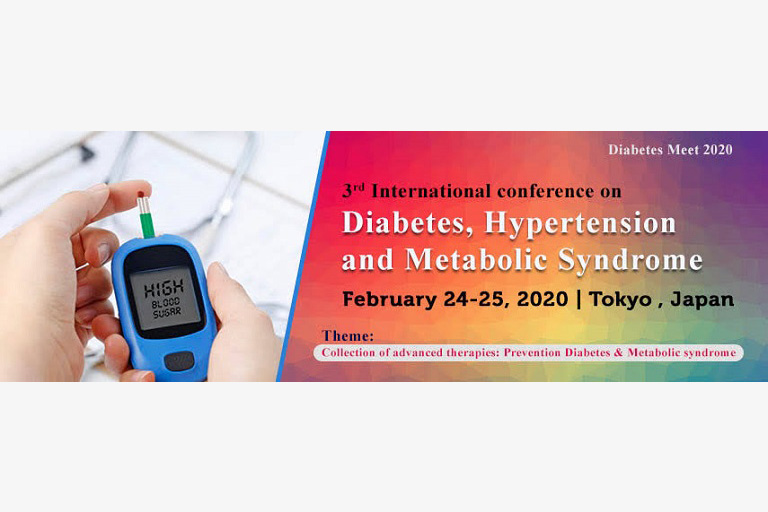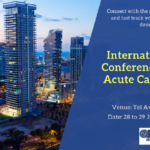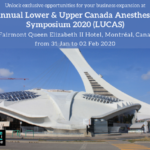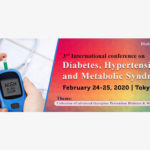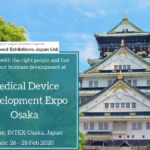As we’ve been saying this for the past couple of years, the annual meetings of the Healthcare Information Management and Systems Society (HIMSS) keep getting bigger and, for us, better. This year is no exception. Some 37,000+ health information technology (health IT) professionals, clinicians, executives and vendors packed the Orange County Convention Center in Orlando. More than that, HIMSS 2014 was — hands down — the most substantive and informative meeting anywhere about products, policies and issues related to health IT.
HIMSS is so vast and multifaceted that if you’re not part of a team or have a plan of attack it can be totally overwhelming, with information overload setting in quickly. Knowing this beforehand, the Point-of-Care Partners (POCP) team paces itself and follows a game plan prepared in advance. This makes it possible for us to cover a lot of territory and gain many valuable insights by covering exhibits, attending numerous presentations, speaking with key players in government and industry, meeting with clients and connecting with colleagues. Based on those conversations and learnings, here are our top 10 takeaways from HIMSS 2014.
1. Interoperability is still a dominant theme. Interoperability has been a dominant theme throughout the past several HIMSS meetings, and its importance continues to resonate. The expanded Interoperability Showcase highlighted a dazzling array of technologies related to health data exchange. There’s no doubt about it — the technology is available to facilitate open movement of data and knowledge between systems, and it continues to evolve. More importantly, people are finally beginning to understand what interoperability is.
However, there is still an underlying tension between the public and private sectors with respect to interoperability and data exchange. While the federal government tries to break down barriers and get data flowing, some in the private sector are dragging their feet.
The most recent move by the feds was proposed legislation that would have repealed Medicare’s sustainable growth rate (SGR) requirements and mandated that all electronic health records (EHRs) achieve interoperability by 2017. One provision would have prohibited vendors from deliberately blocking information sharing with other EHR vendor products. (This legislation was stillborn in the House and replaced by the Protecting Access to Medicare Act of 2014, which stripped out those health IT provisions. However, the thrust of the earlier proposed bill’s health IT provisions is a harbinger of things to come.)
The problem, of course, is not that vendors are blocking, per se. All EHRs are more than willing to interface with other EHRs (i.e., those of competitors) — at a price, of course, and that price goes up if it’s not one of their own (Epic-to-Epic or Cerner-to-Cerner, for example). Their clients, of course, are hospitals and providers. While hospitals contend that interoperability is mission critical and a key driver for their continued growth and ability to serve patients, they are reluctant to exchange data outside of those entities that are part of their closed health system (even if it’s Epic-to-Epic or Cerner-to-Cerner). Providers are concerned about liability and who might have access to the information once it leaves their control.
2. Payment reform: another driver for value. Let’s face it, not much changes unless reimbursement changes. Or, put another way, we will keep on doing the same thing and getting the same result unless behavior is tied to payment. Medicare has known this for years. That is why Medicare payment reforms have changed provider behavior, which has then trickled down to the private sector. This year’s HIMSS highlighted opportunities where payment reform — and value-based purchasing — can make a difference. For example, payment on a per patient, per-episode-of-care basis is out of sync with encouraging population health, which requires a much broader view and payment for outcomes for a cohort of patients or plan members. The expanded role of the pharmacist in health care also is impeded by current reimbursement policies. We have written periodically about the value of pharmacists on health care teams and, in particular, performing medication reconciliation at a more advanced level than, say, a nurse or pharmacy tech. But such value is stifled because health plans do not want to pay pharmacists more for doing advanced work. That attitude may change as value-based purchasing becomes more the norm.
3. 2014 is the year of the patient. This turned out to be the centerpiece of HIMSS 2014 and a surprise takeaway of the meeting for the POCP team. There was a keynote highlighting consumer health by Aetna CEO Mark Bertolini and at least three-dozen education sessions focusing on patient engagement themes. A lot of prime real estate on the convention floor was allotted to the Connected Patient Learning Gallery. Vendors showcased the latest and greatest in “patient activation” — patient engagement, health engagement and consumer empowerment. Hospitals are investing heavily in coordination of care, so the exhibits featured many coordination tools (mostly inpatient) for setting expectations for discharge, evaluating readmission risk and monitoring the care plan. These systems were designed for full-time care coordinators. One included measures of consistency between care coordinators in the hospital.
That being said, the devil’s still in the details. Although everyone was talking about patient engagement and activation, it was clear there was no common understanding of what that meant. The real overarching themes were patient centeredness and enhancing the patient experience. Health care is not just about medications, technology and payment. Getting patients involved and responsible for their own health is just as important as giving them the tools to do so. Both will be imperative to bending the cost curve. In addition, patient satisfaction and quality will become increasingly important as patients become more engaged in the costs of their care, such as through high-deductible health plans and higher out-of-pocket expenditures. That is why providers will be looking to use technology to quantify their performance along those dimensions and use results to gain market share.
4. Health Information exchanges are in for a bumpy ride. Health information exchanges (HIEs) are in a somewhat interesting place in their evolution, and this was reinforced in presentations and exhibits at HIMSS 2014. We at POCP would place them in the “trough of disillusionment,” as it is called in the Gartner hype cycle. This means that the bloom is off the rose and interest in them is waning because of failed implementations and tenuous business models. Nonetheless, bluer skies could lie ahead. The next phase will involve more widespread understanding of benefits through pilots, later-generation offerings and clearer-cut business models. Then, mainstream adoption should start to take off. We believe this depiction has merit. The key will be for HIEs to weather this rocky period as technologies, sustainability and adoption willpower all bottom out.
Meaningful use (MU) is less of a driving force. Now that the basic requirements of MU have been incorporated into surviving EHRs, MU is becoming “standard equipment” at this point, and interoperability should be ubiquitous in a couple of years, given interest in this at the federal level. Despite rising EHR adoption rates, buyers see the EHR market as confusing and busy. As a result, there needs to be deliberate review of each organization’s capabilities, which must by synced with their analytic needs and clinical care goals.5. What’s next after the EHR land grab? In years past, the health IT market was focused on the EHR land grab, which is winding down. What’s next? The answer is: several things. For one, EHR vendors are looking for new sources of revenue. Smarter organizations are shifting from direct sales of EHR licenses toward monetizing the size and breadth of the users of their software. Others are looking to value adds for which clients would be willing to pay, such as on-site resources. Because some partnerships have not necessarily panned out, still others are taking another tack to streamline operations and generate revenue.
In addition, many early adopters have decisions to make. Dissatisfaction with current EHRs is widespread and it’s time for upgrades, anyway. The question is: Should practices “rip and replace” or stick with their current vendor? We saw a presentation from one health system faced with that conundrum. It eventually decided to redouble efforts to configure its existing system with new documentation templates, order sets and triggers. Training was also a big part of this effort. The advantages realized were increased efficiency and quality. Buyers and developers are interested in clinical decision support (CDS). One surprise is that CDS, these days, often seems to be a one-off, based on multiple studies and guidelines from competing organizations that were used to arrive at unique, site-specific conclusions.
6. Technology and population health come together. As we reported in the last issue of HIT Perspectives, population health is gaining traction everywhere. This was true at HIMSS 2014. Various keynotes and presentations highlighted the importance of population health and how its success depends on a strong health IT infrastructure. The exhibit hall featured numerous vendors debuting new population health management (PHM) tools. The size and scope of such offerings may mark the beginning of a new land grab, if we take to heart the findings from a recent KLAS report. According to KLAS, no single PHM vendor is leading at this point, but a handful are beginning to emerge as early segment leaders. This also signals that using technology to facilitate PHM will be an even bigger theme next year.
7. Technology will influence success of value-based models. As mentioned previously, the impact of value-based reimbursement as a driver for change was a prominent theme at HIMSS 2014. Critics have argued that today’s flavors of capitation are really not much different than what we experienced in the 1980s. However, numerous speakers at HIMSS 2014, including newly named head of the Office of the National Coordinator for Health Information Technology, Karen DeSalvo, MD. She pointed out that today’s capitated world is different. It heavily depends on technology to understand and successfully manage the moving parts, as well as reduce costs and improve quality and safety. We at POCP are cautiously optimistic that things will be different this time around because of the increasing sophistication and value of health IT. However, technology will need to continue to mature and become embedded in health care’s culture and processes before that value can be fully realized.
8. We’re over “Big Data.” Big Data was last year’s buzzword but was eclipsed by data analytics at HIMSS 2014. While we’re over the term, we’re not over the concept. Data analytics was featured prominently in presentations and on the exhibit floor. Again, the devil’s in the details. Although there are many providers and payers who would like to share and analyze large data sets, it’s easier said than done. The reality is that the majority of providers and payers continue to make progress with “small data.” They are focusing on how to create financial, operational and clinical value by analyzing smaller data sets from individual departments or clients. Similarly, CDS tends to be a one-off and site specific. Predictive analytics certainly is a concept whose time has come. The field and supporting technology are rapidly emerging, so maybe there will be an appetite to use them on bigger data sets down the road. Population health is likely to be a driver in the near future.
9. Genomics gains traction. Genomics is becoming more and more mainstream, as we saw in the exhibit hall. Dell, for example, has developed a technology for speeding up genome sequencing, which helps doctors quickly find the most effective treatments for patients. Allscripts, Lockheed Martin, First Databank and Northrop Grumman were among the vendors talking about integrating genomics into CDS and using data analytics in conjunction with genomics to support better diagnoses and create better outcomes. We expect to see even more next year.
10. Key stakeholders are missing in action. Most major health care and health IT stakeholders participate heavily in HIMSS, except for pharmacies, pharmaceutical companies and biotechnology firms. That point was made to us directly at a session in which POCP unveiled its eMedication management model. Building on previous work, the model shows how technology and the health IT infrastructure may be leveraged to improve medication management and care collaboration across health care silos and stakeholders (click here to learn more). One attendee commented that while HIMSS, in general, should be of interest to pharmacies, pharmaceutical companies and biotechnology firms, they don’t understand the value of attendance. HIMSS could do more to cater to these constituencies by having more presentations relevant to them and keynotes from their leadership. Indeed, HIMSS has an opportunity to reach out to these underrepresented stakeholders and involve them in future programming, which will benefit everyone. Source





















